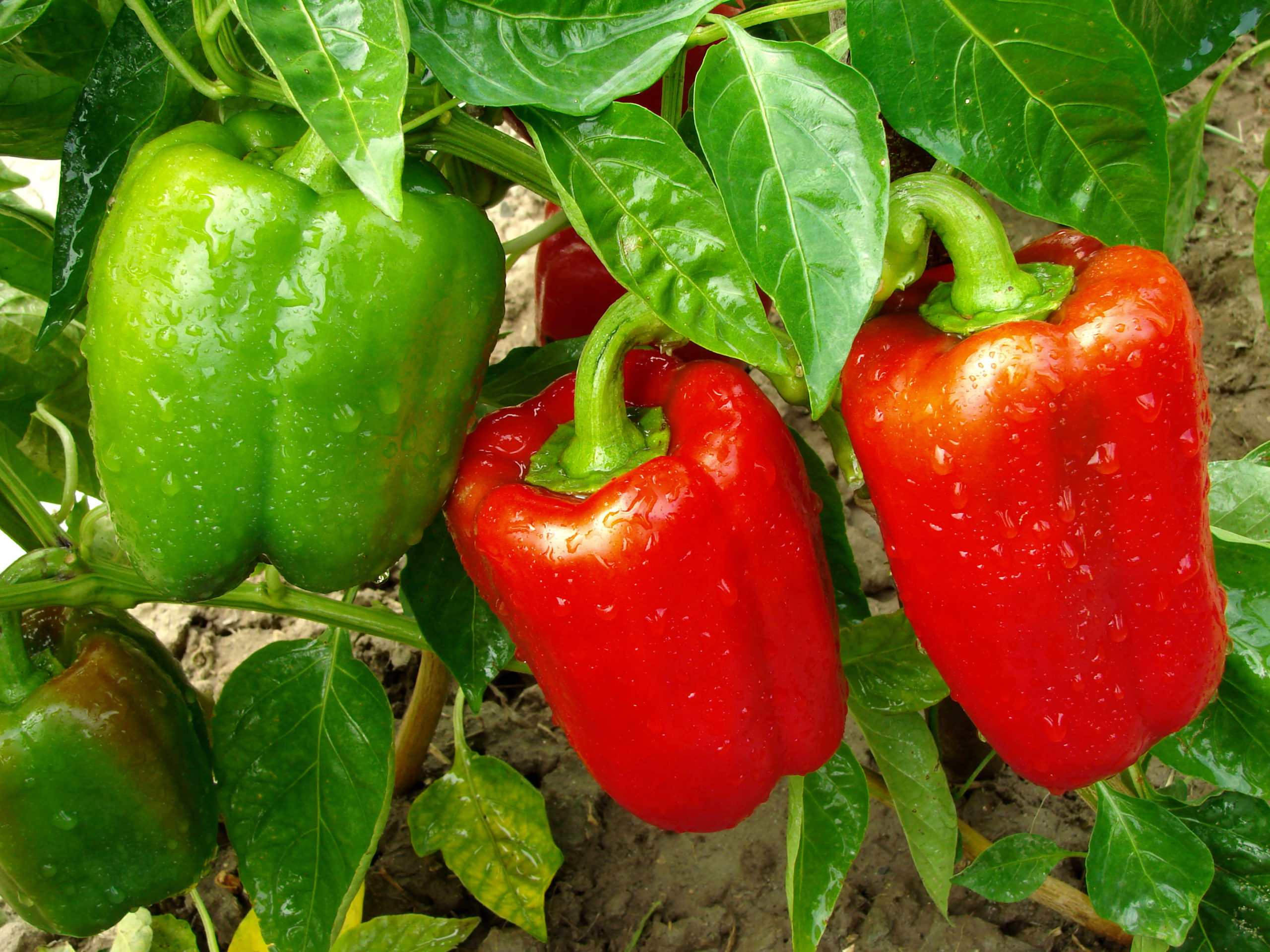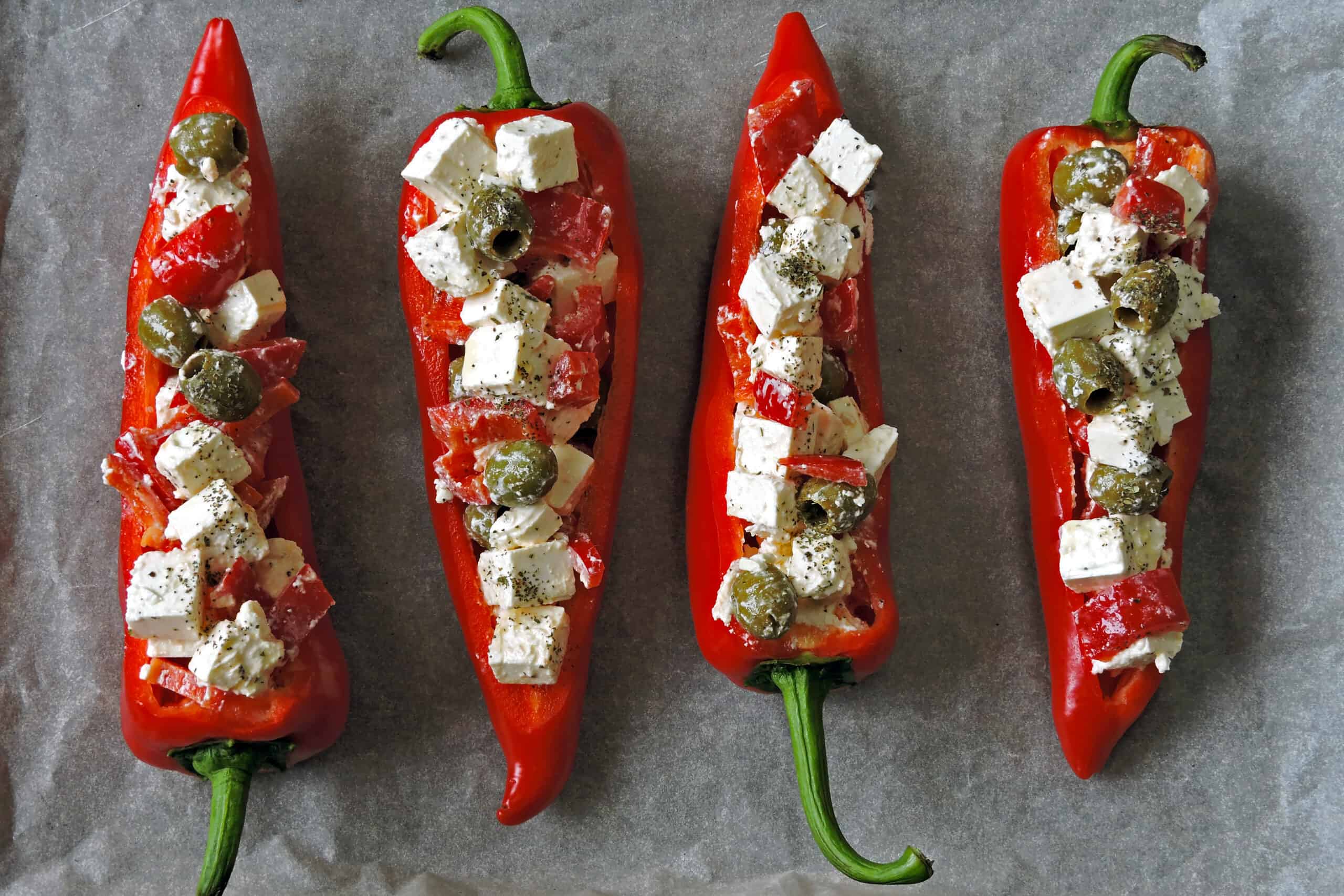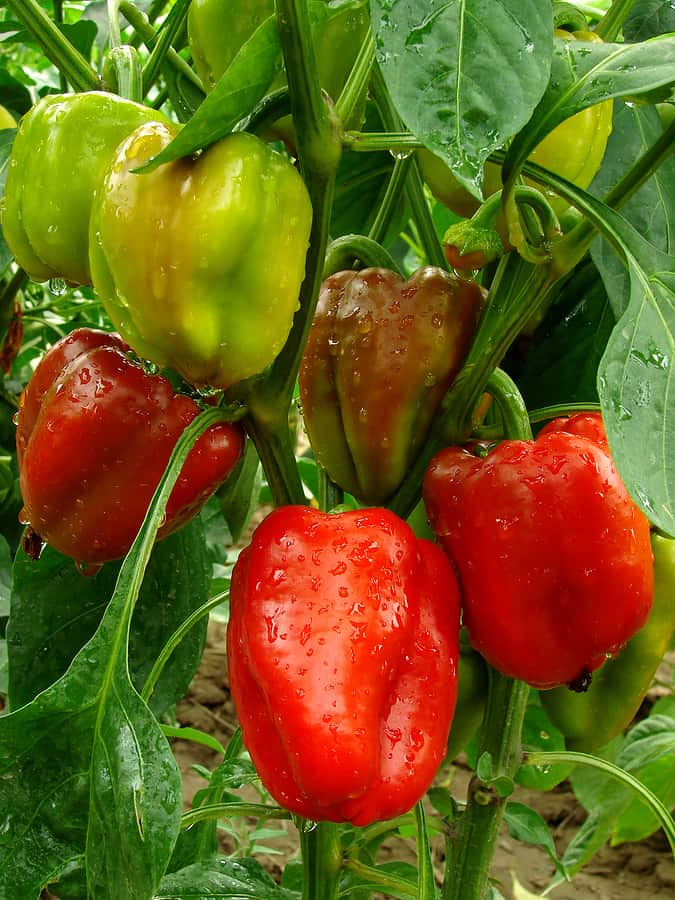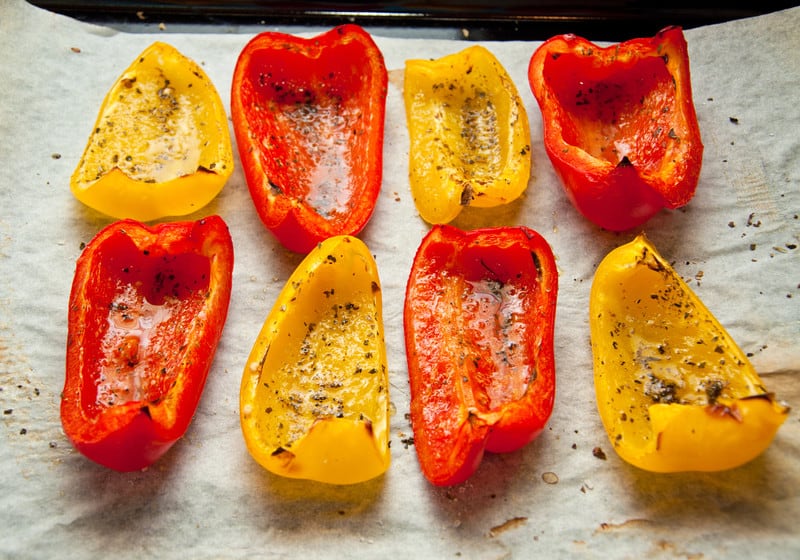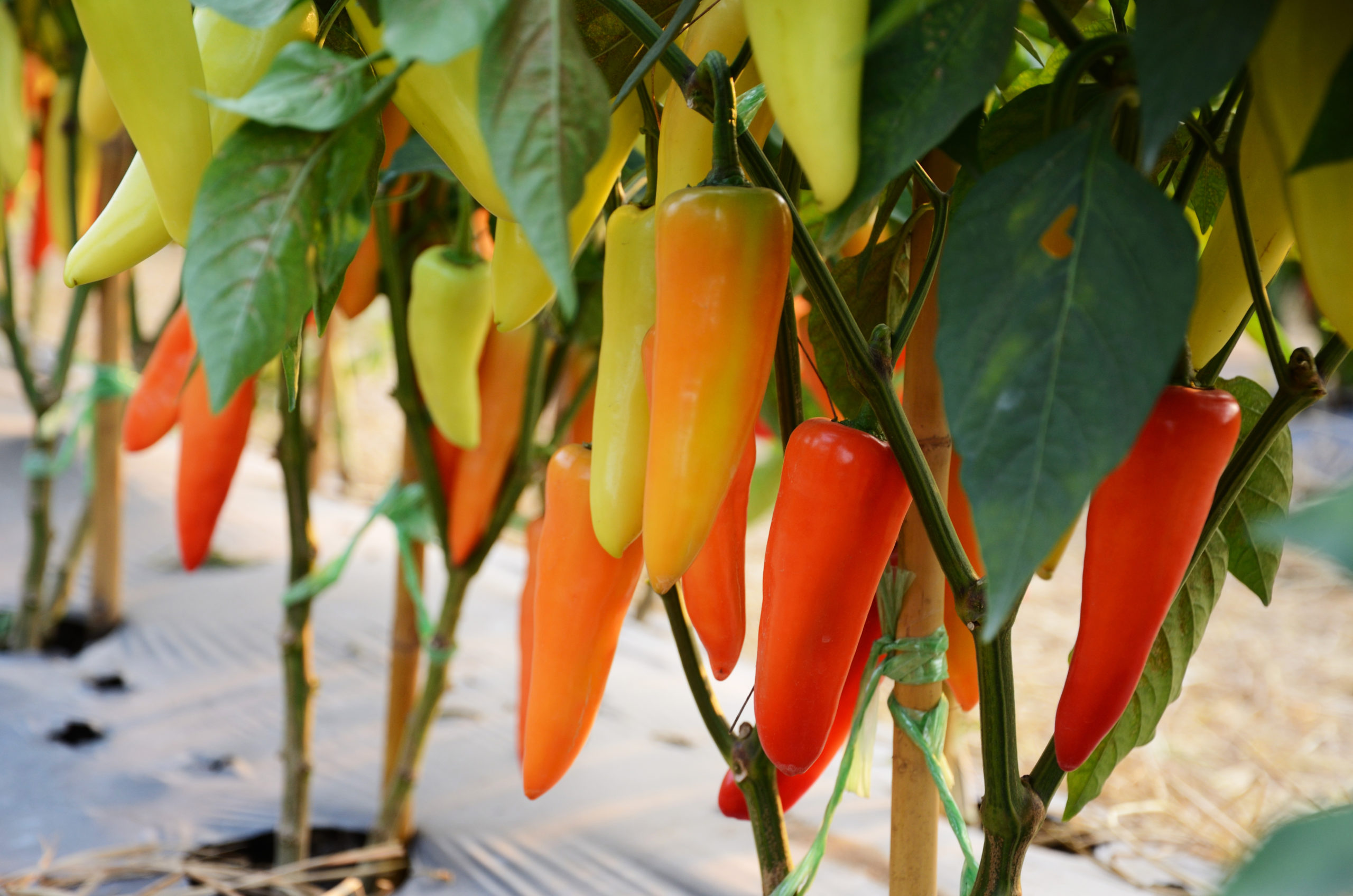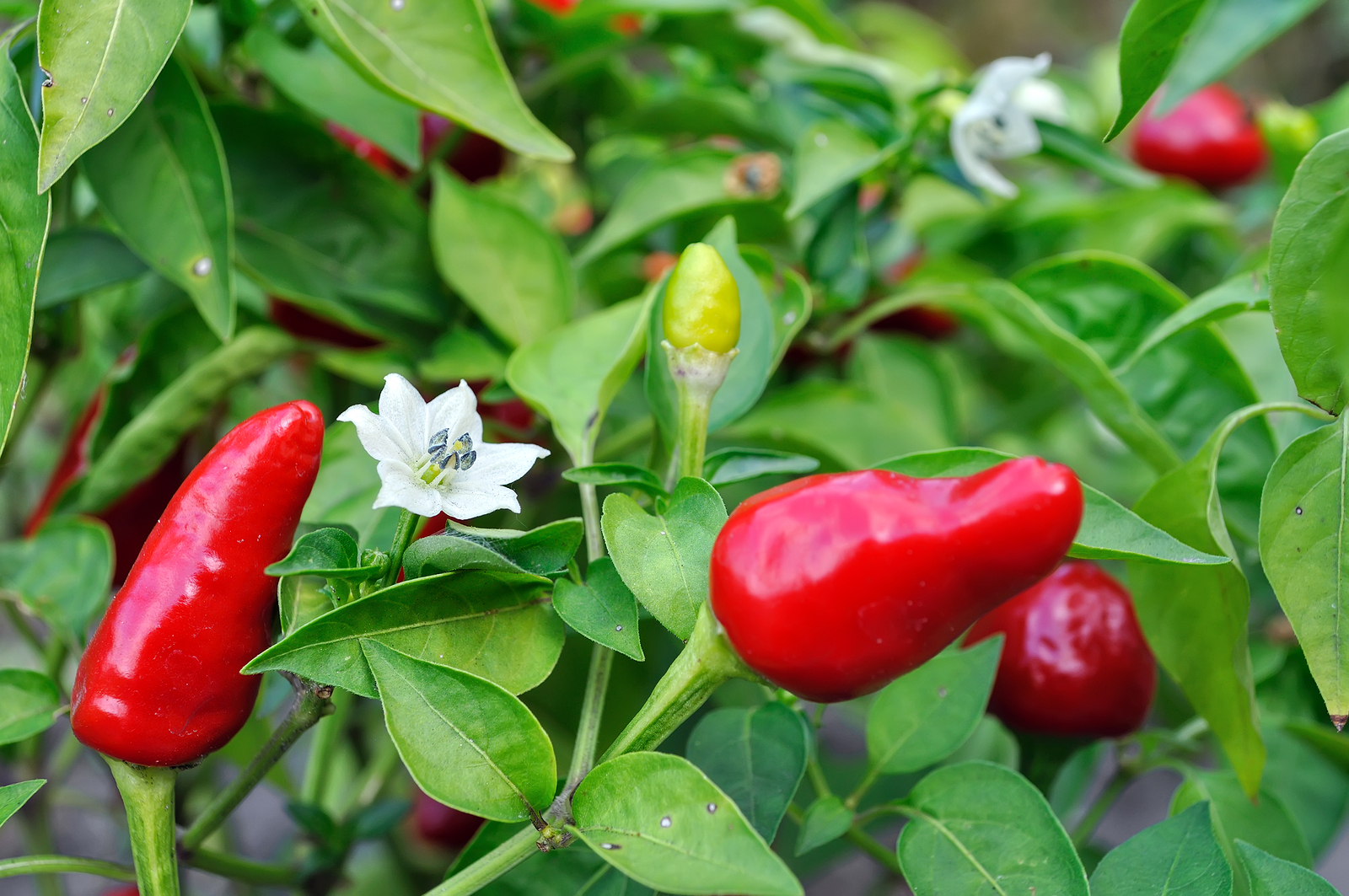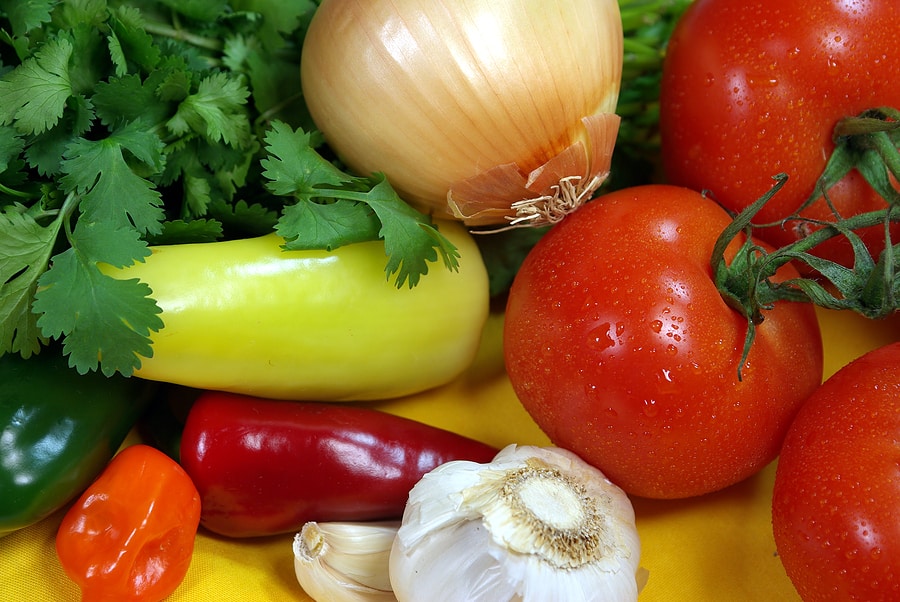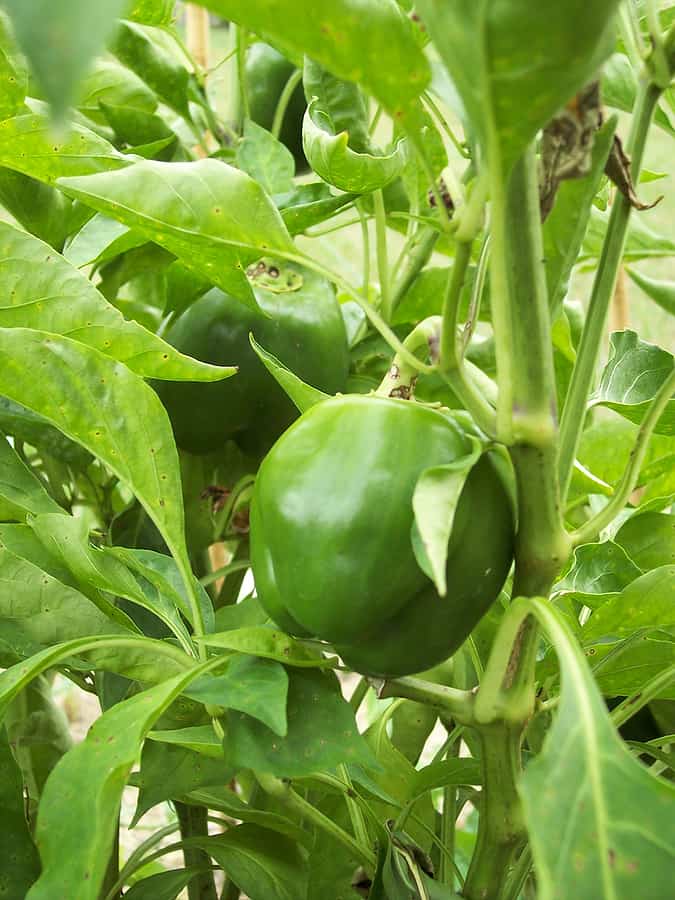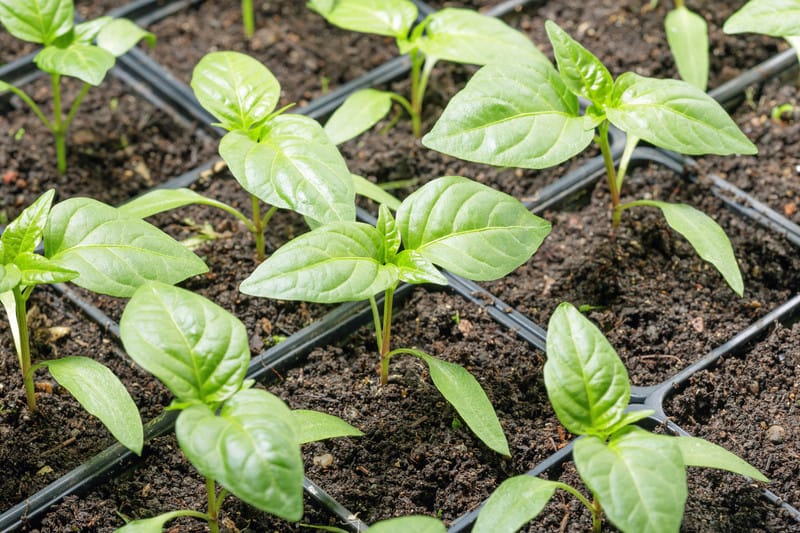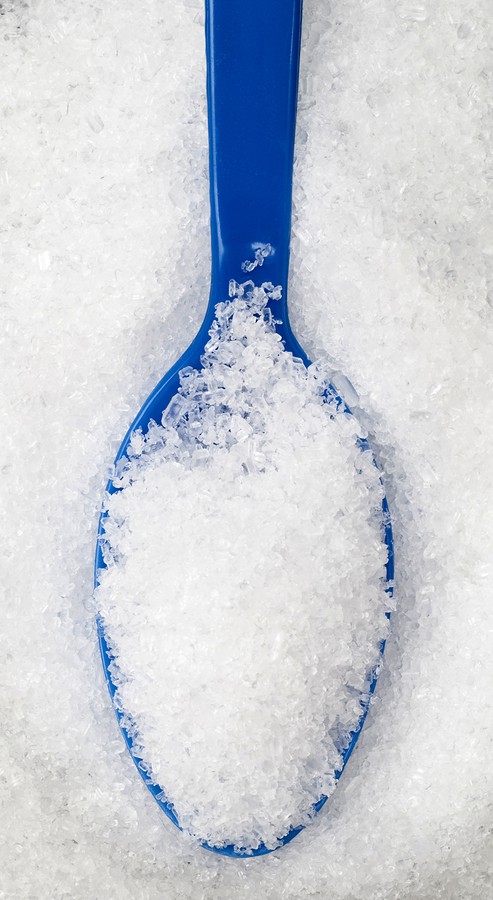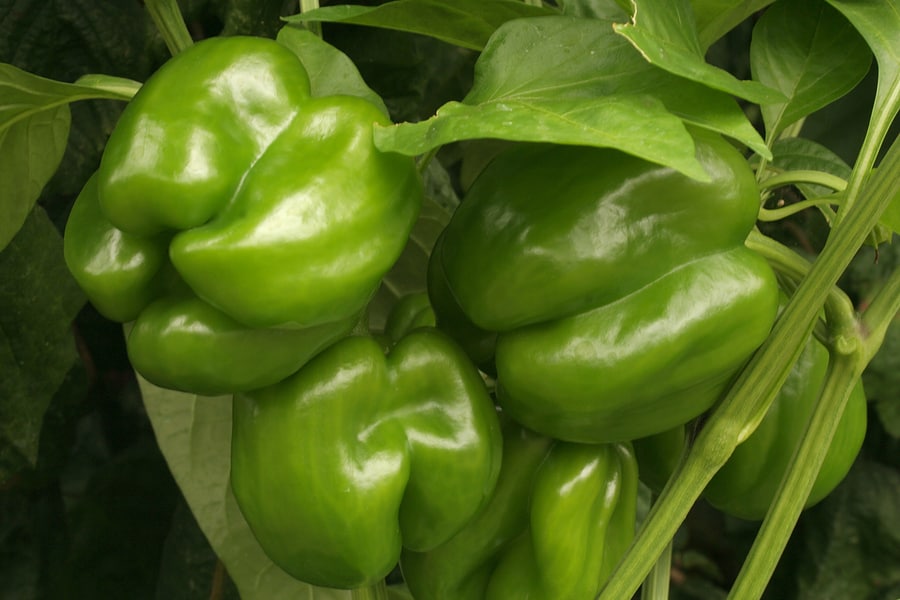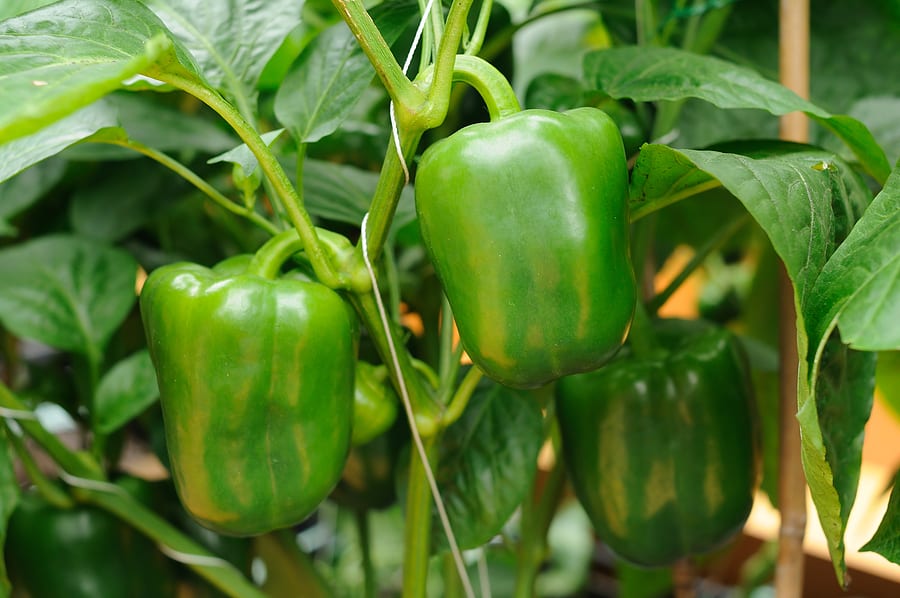Peppers
Latest stories
More stories
-
Five Ways to Cook and Serve Chili Peppers
Chilies or hot peppers can be eaten raw or they can be roasted, grilled, pan-seared, toasted, or stuffed. Chilies can also be added to other cooked dishes; they contain natural chemicals that enhance the flavor of other foods during cooking. Often small, hot chilies—such as the jalapeño, Serrano, poblano, Anaheim, and banana–are used fresh. But […] More
-
How to Harvest and Store Peppers
Peppers can be harvested as soon as they are large enough to eat. Most mild and hot peppers take at least 70 days from transplanting to reach edible size and another 3 to 4 weeks to reach maturity. Some hot peppers take longer. Related articles: If you know the variety of pepper you are growing […] More
-
Five Ways to Cook and Serve Sweet Peppers
Eat sweet peppers raw in salads, or eat them steamed, stir-fried, roasted, grilled or roasted, or stuffed. Use them in casseroles or rice dishes. Sweet peppers are in season from late spring through late summer. Types of sweet peppers Sweet peppers are warm-season annuals in temperate regions and perennials in tropical climates. Sweet peppers are […] More
-
How to Plant and Grow Hot Peppers
Hot peppers are distinguished from sweet peppers simply by their pungency or hotness of flavor. There are thousands of hot pepper varieties in the world. (This is the case because peppers easily cross-pollinate to produce new kinds.) The hotness of a pepper is determined by a number of blister-like sacs of capsaicinoids on the interior […] More
-
How to Grow Hot Chili Peppers
Hot peppers are most easily grown from transplants. Grow hot chili peppers in the warmest, frost-free time of the year. Start hot pepper seed indoors 8 to 10 weeks before the date you intend to set peppers into the garden. Peppers can be seeded in the garden or transplanted out 2 to 3 weeks after […] More
-
How to Grow Salsa
Salsa is a delicious and versatile condiment, dip that can be enjoyed with a wide variety of foods. Although it’s most commonly paired with chips, salsa can also be used as a topping for tacos, eggs, grilled meats, or salads. If you’re a fan of this tasty dip, why not try growing your salsa ingredients? […] More
-
in How to Grow
Six Tips to Grow Peppers for Flavor
Temperature, watering, feeding, and, in the end, patience are the keys to growing flavorful peppers. If you lack one of these, your peppers will be less tasty than they could be. From the beginning of the season through harvest, you can grow more flavorful peppers if you give peppers what they need. Here are six […] More
-
Pepper Seed Starting Tips
Peppers are a tender, warm-weather crop. Start peppers indoors 8 to 10 weeks before the average last frost. Plant to set young pepper plants outdoors after nighttime temperatures are expected to stay above 60°F (16°C). Start pepper seeds indoors up to 14 weeks before the last spring frost if you plan to harden off seedlings […] More
-
in Gardening Tips, Soil
Epsom Salt, Milk, and Organic Fertilizers for Tomatoes and Peppers
Epsom salt contains magnesium, an essential plant nutrient. Used as a foliar spray or soil additive it will help tomato and pepper plants grow and produce larger, tastier yields. Milk contains calcium, an important plant macronutrient. Milk can feed tomatoes and peppers and double as a fungicide. Compost tea, comfrey tea, and other liquid organic […] More
-
in Preserve
Beginner’s Guide to Canning Peppers
Can sweet bell peppers and chile peppers—which can be sweet or hot–preserve your summer harvest? Can peppers after deciding if you want to preserve sweet or heat or a combination of the two? Sweet green, yellow, orange, or red bell peppers are large and thick-fleshed. They have a sweet, crisp flavor. Chile peppers—such as Anaheim, […] More
-
10 Steps to Grow a Bumper Pepper Crop
To get a bumper crop from your pepper plants, you must dedicate yourself to helping the plants thrive. Pepper plants are more temperamental than tomatoes—they demand warm temperatures, even soil moisture, feeding, and support—literally. Here are 10 steps that will all but guarantee sweet and hot pepper growing success. (But don’t turn your back on […] More
-
Mid-Season Pepper Problem Cures
Peppers are tropical plants and can be temperamental–especially the further they grow away from the tropics. They demand warm temperatures—not too cool and not too hot, organically rich soil, and even soil moisture—not too little and not too much. Give peppers these optimal conditions and they will produce until the first frost in autumn. Good […] More

